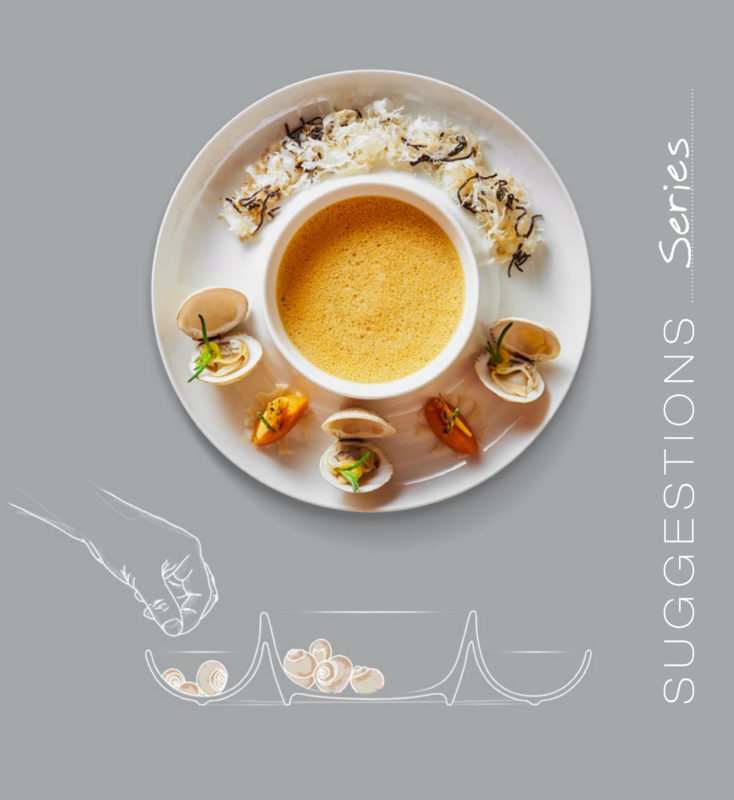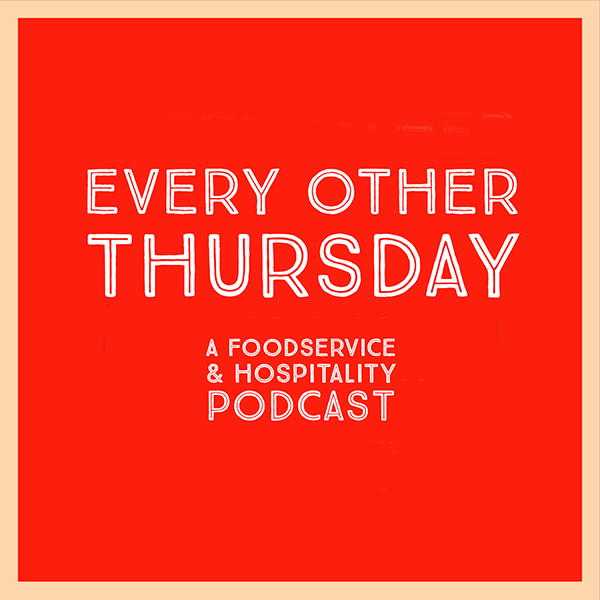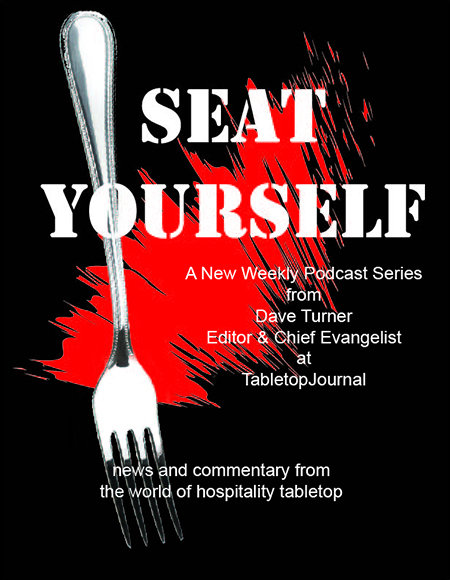We’ve discussed the merits of social media and the fact that we feel that more in our industry of hospitality tabletop should dramatically ramp up their social media presence. But, we also understand that it’s often difficult to undertake something new when you are already more than busy trying to grow your brand. And….it’s even more difficult whenever that something new is sooo new …and uncomfortable. That’s where the skill of “feeling comfortable with feeling uncomfortable” comes in.
But, you have to take a first step before you take a second……so, let’s talk about how to get started.
Whenever you decide to try something new, whether in your private or your corporate life, you’re probably like most people in that you want to have a good game plan before beginning. While we admit to being more of the “ready, fire, aim” mode, we still think it’s good to have at least a good basic game plan to start.
So, we’ve come up with three points to consider before leaping into the world of social media:
1. Who are we trying to engage? That’s target audience, in traditional marketing speak. And, where do these people tend to hang out? (which social media platforms do they use regularly?)
For instance, in our opinion, chefs tend to flock to Twitter (with some even using Tweets to replace traditional email) so if chefs are a prime target for your product, we would recommend that you have a strong Twitter program for building awareness of your particular brand or product. The culinary community as a whole, with chefs in particular, feel completely at home on Twitter.
On the other hand, if Food & Beverage Directors are your primary target audience, you might want to consider developing a strong brand message via LinkedIn. It might just be our imagination, but we seem to “bump into” more F&B Directors on LinkedIn than other social media platforms.
Of course, Facebook is the overall most popular social media platform. However, while we think that’s great for keeping in touch with friends and families, we think other platforms like Twitter, Google+, Instagram, and even Pinterest can sometimes offer better overall longterm opportunities for hospitality tabletop manufacturers and dealers to get their brand message out there to today’s hospitality tabletop decision makers.
2. Another consideration is deciding how much resource you think you will need to put against the social media platforms you’re thinking of participating on. It’s not always about money….often it’s about time. To engage your customers and potential customers properly (remember….social media isn’t “Look at me ! Look at me!”) you need someone who has the time and the skill to engage through text and visual communication. And the text must be short and concise (Twitter is 140 characters or less, with 80 supposedly being optimum) and the visuals must tell a story themselves. Great visuals tell a great story….there’s a reason why every cell phone has a camera.
Once you determine how much time, effort, and resource you’re prepared to commit and to which platforms you want to commit those resources towards, then it is time for content.
3. Content is all about building up your brand presence, whether it’s through great visual imagery, witty, concise Tweets, great visual pins and headlines on Pinterest….or, even short articles on your own blog. Each post, tweet, or pin adds (or detracts) from your brand message. Here’s where the basic brand building principles of consistency, frequency, and – most importantly – authenticity – apply. If you are less than authentic in traditional marketing channels …well that’s one thing. Try it in social media channels and you’ll be chopped up quicker than a handful of scallions. And, that’s the beauty of social media…it’s two-way and it’s immediate in its feedback.
So, determining the brand message you want to be sending out and then communicating it consistently and frequently is important. You will gain followers and they will enjoy reading what you have to say….just make sure they are getting the right message in a frequency that you can live with and that they enjoy so that they will continue to follow you and your brand.
There are many more things to remember when using social media for brand messaging. But, if you give these three points proper thought and attention before launching, you’re going to have a good start on a basic social media foundation from which you can adjust and grow.
See….it wasn’t that hard to get started, now was it?










